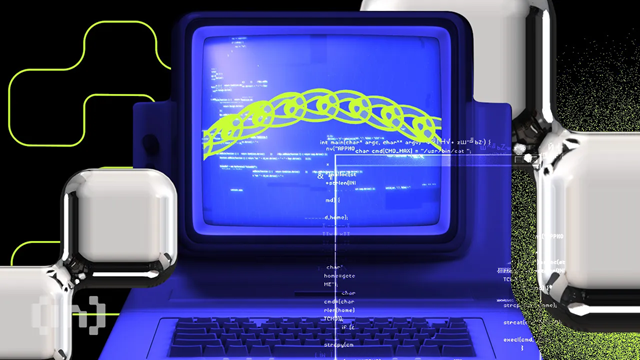Monad: A Breakthrough Layer-1 Blockchain in 2025

Monad is an advanced layer-1 scaling solution that promises superior scalability, instant transactions, and full compatibility with the Ethereum Virtual Machine (EVM). In this article, we will explore how Monad works, its benefits, specific use cases, and the challenges it faces.
What is Monad?
Monad is a powerful, EVM-compatible layer-1 blockchain that achieves a throughput of up to 10,000 transactions per second (TPS) with a block time of 1 second. The network was launched in 2022 by Monad Labs, founded by Keone Hon (CEO), James Hunsaker (CTO), and Eunice Giarta (COO). The official testnet was launched on February 19, 2025.
With the ability to address the scalability limitations faced by EVM-compatible blockchains, such as Ethereum, Monad reduces network congestion and allows for the processing of large numbers of transactions without any hitches.
Monad has received $225 million in funding as of March 2025 from investors, demonstrating strong confidence in the network's potential.
How Monad Works
Monad works by optimizing the performance of the EVM through four main mechanisms: parallel execution, deferred execution, MonadBFT consensus, and MonadDb.
Parallel Execution
Unlike traditional blockchains such as Ethereum that process transactions sequentially, Monad uses a parallel execution mechanism, allowing transactions to be processed concurrently. This significantly increases throughput.
Monad uses dependency prediction, pre-identifying potentially conflicting transactions to optimize processing.
Delayed Execution
Monad separates transaction execution from consensus. Instead of waiting for execution to complete before reaching consensus, nodes in Monad reach consensus on the order of transactions before executing. This design increases network throughput and overall performance.
MonadBFT Consensus
Monad uses the MonadBFT consensus mechanism based on HotStuff BFT, optimizing the confirmation process to two phases, resulting in fast block finalization and improved overall performance.
MonadDb
MonadDb is Monad's custom state database, designed to optimize parallel processing. It outperforms traditional Ethereum databases, allowing for faster and more efficient processing in high-throughput scenarios.
Monad Use Cases
With its high scalability and throughput, Monad has great potential in many areas:
- DeFi Applications: Monad supports high-frequency trading, providing the ability to perform complex operations such as multi-step arbitrage and instant lending.
- Gaming and NFTs: Blockchain games and NFT marketplaces benefit from low transaction fees and the ability to process large numbers of transactions simultaneously.
- Enterprise and IoT: Monad's parallel processing is suitable for enterprise and IoT applications that require high-frequency, concurrent data processing.
Monad allows developers to migrate Ethereum applications without modifying the native code, providing flexibility and ease of deployment.
Monad vs. Other Solutions
| Features | Monad | Ethereum | Polygon | Avalanche | BNB Chain |
|----------------------|------------|---------|---------|---------|
| Consensus Mechanism | MonadBFT | Proof of Stake | Proof of Stake | Snowman Consensus | PoSA |
| Throughput (TPS) | 10,000+ | 15-30 | 7,000+ | 4,500+ | 2,000+ |
| Finality | ~1 second | ~12 seconds | ~2-4 seconds | ~1-2 seconds | ~3-5 seconds |
| Transaction Fees | Low | High | Low | Low | Low |
| Scalability | Parallel Execution | Rollups | Sidechain | Subnet | Sidechains |
Potential Challenges
While Monad offers many advantages, the technical complexity of advanced mechanisms such as parallel execution can create security risks and increase development costs. Additionally, allocating a large amount of MON tokens to early investors could cause centralization, affecting the decentralization of the network.
Is Monad the Next Big Thing?
While it is still early to tell, with improvements in scalability, EVM compatibility, and user-centric architecture, Monad has the potential to reshape the evolution of blockchain. The testnet is already live, and developers and users are exploring its potential.
Final Verdict: Monad is a promising blockchain platform in 2025. With groundbreaking improvements, it could be a key factor in taking blockchain to the next level.
